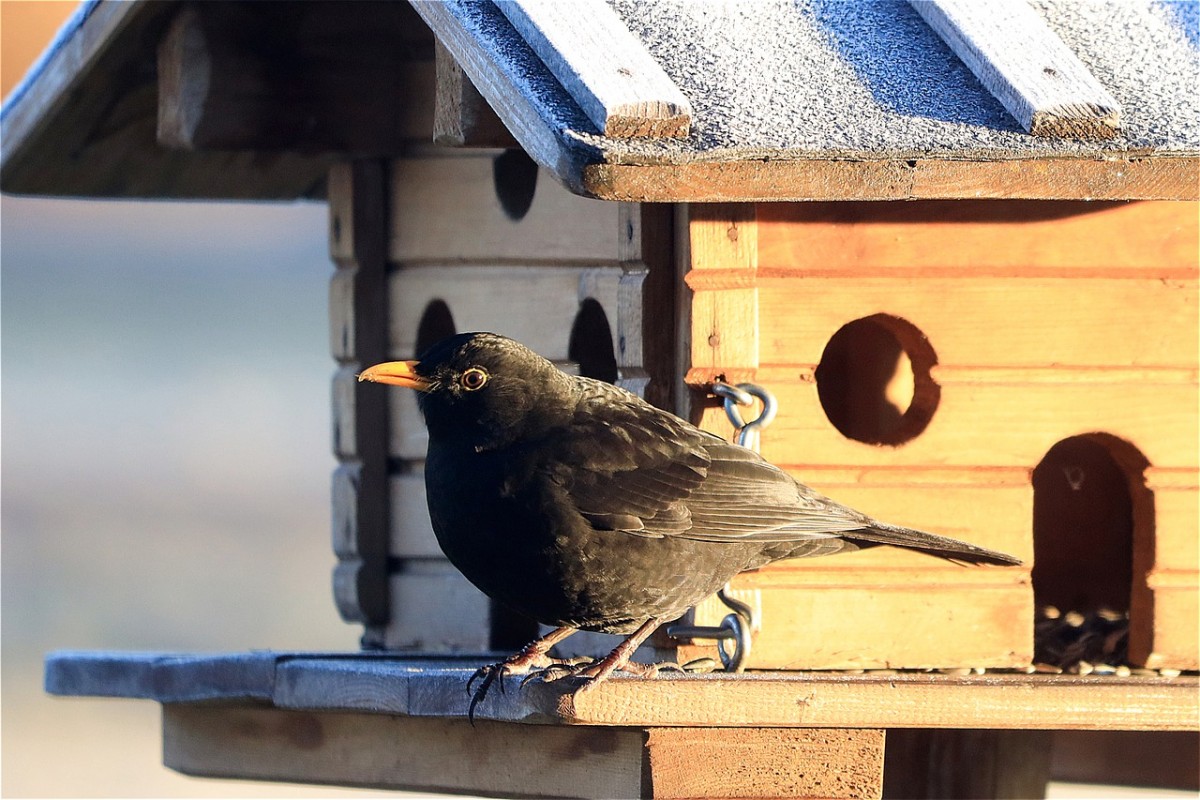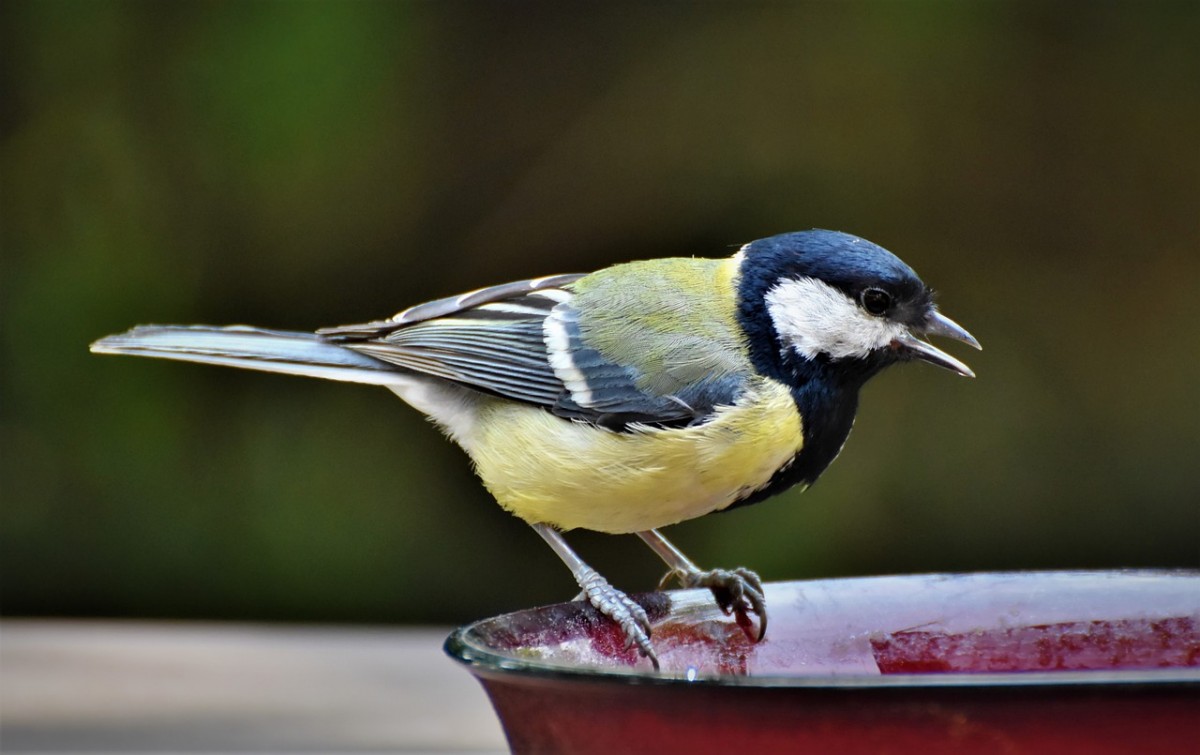Will the Robin top the table for the 11th year in a row?

BirdWatch Ireland’s Irish Garden Bird Survey is back and is entering its 32nd year this winter.
It’s the ideal activity for anyone working from home or restricting their movements in the midst of the COVID-19 pandemic.
“It’s the largest and longest-running survey of its kind in Ireland,” said Brian Burke, who coordinates the survey for BirdWatch Ireland. “Because of the restrictions and lockdowns this year, many people gained a newfound passion for the wildlife in their gardens, and we’ve seen that reflected in increased traffic to our website and in engagement by email and social media, not to mention in more people joining BirdWatch Ireland as members. This survey coincides with the time of year when bird activity in gardens reaches its peak, so we’re asking people to send us the details of what they see in their gardens over the coming weeks.”
Last year’s results showed that Robin was the most common species in Irish gardens for a record-breaking 10th year in a row, followed closely by Blackbird and Blue Tit.
Though there was no change at the top, the Ring-necked Parakeet appeared in the survey for the first time ever. This species is native to Africa and Asia and is an invasive species that is present in large numbers in many European cities, including London. They were recorded in two gardens in Dublin during the Irish Garden Bird Survey last winter and are thought to have successfully nested in the capital this summer. Their presence is cause for concern, as they might impact native species, though it does cause much excitement when people see a bright green parrot on their garden birdfeeder.

Brian Burke noted, “Last year saw a lot of common species move up the rankings, which stems from a continued recovery from the heavy snow during the ‘Beast from the East’ a couple of years ago. Thankfully the two winters since that have been comparatively mild, and many species had good breeding seasons in the summers in between, so we’re happy to see smaller birds like Wren, Goldcrest and Long-tailed Tit all reclaim their spots higher up the rankings table. Birds like Song and Mistle Thrushes, which struggled to find worms and invertebrates during the heavy snow, are making a comeback too.”
The Goldfinch reached its highest-ever ranking last year, moving up to 7th place and in 85% of Irish gardens, while its relative the Greenfinch fell to its lowest-ever level of 19th place, due to the continued impact of the parasitic infection ‘finch trichomoniasis’. “The disease poses no threat to humans or pets but has had a severe impact on Greenfinches over the last 13 years, “said Brian Burke.
”It’s really important for people to clean their birdfeeders and baths regularly to stop the spread. The flocking behaviour of finches, and the fact that they gather in large numbers in gardens makes it easy for this parasite to spread.”
The Jay, which is a colourful member of the crow family that lives in woodlands, was visiting around 2% of Irish gardens in the late 1990’s, but that has since risen to 10%. The most recent addition to our woodland fauna, the Great Spotted Woodpecker, appeared in 3% of gardens in eleven different counties last winter, and will likely feature in even more gardens this winter, as the species rapidly establishes itself in more and more woodlands across the country each year.

“We never know what the upcoming winter will hold for our garden birds, as there are so many variables at play. It seems to have been an excellent breeding season for Great Tits and our unique Irish subspecies of Coal Tit, so if I was a betting man I’d predict that both of them will feature in plenty more gardens than usual this winter,” said Brian Burke. “There was a lot of movement of Siskins out of northern Scotland in the autumn, so these charming little green-and-yellow finches might show themselves in Irish gardens in January and February when natural supplies of tree seeds in our woodlands run short.”
The survey is very simple and is open to everyone with a garden. The more gardens that take part in this winter’s survey, the more of these trends we can examine in detail.
Search the A-Z of Ireland’s birds.
